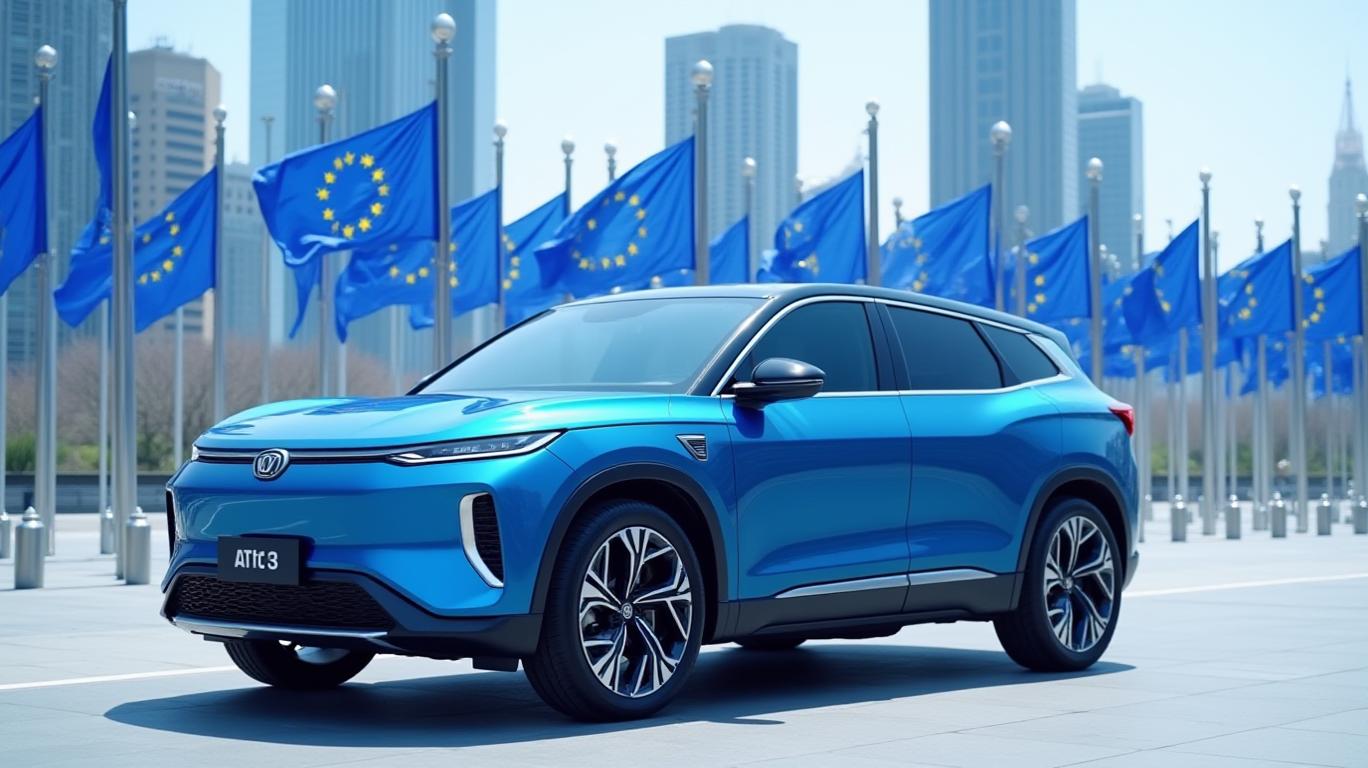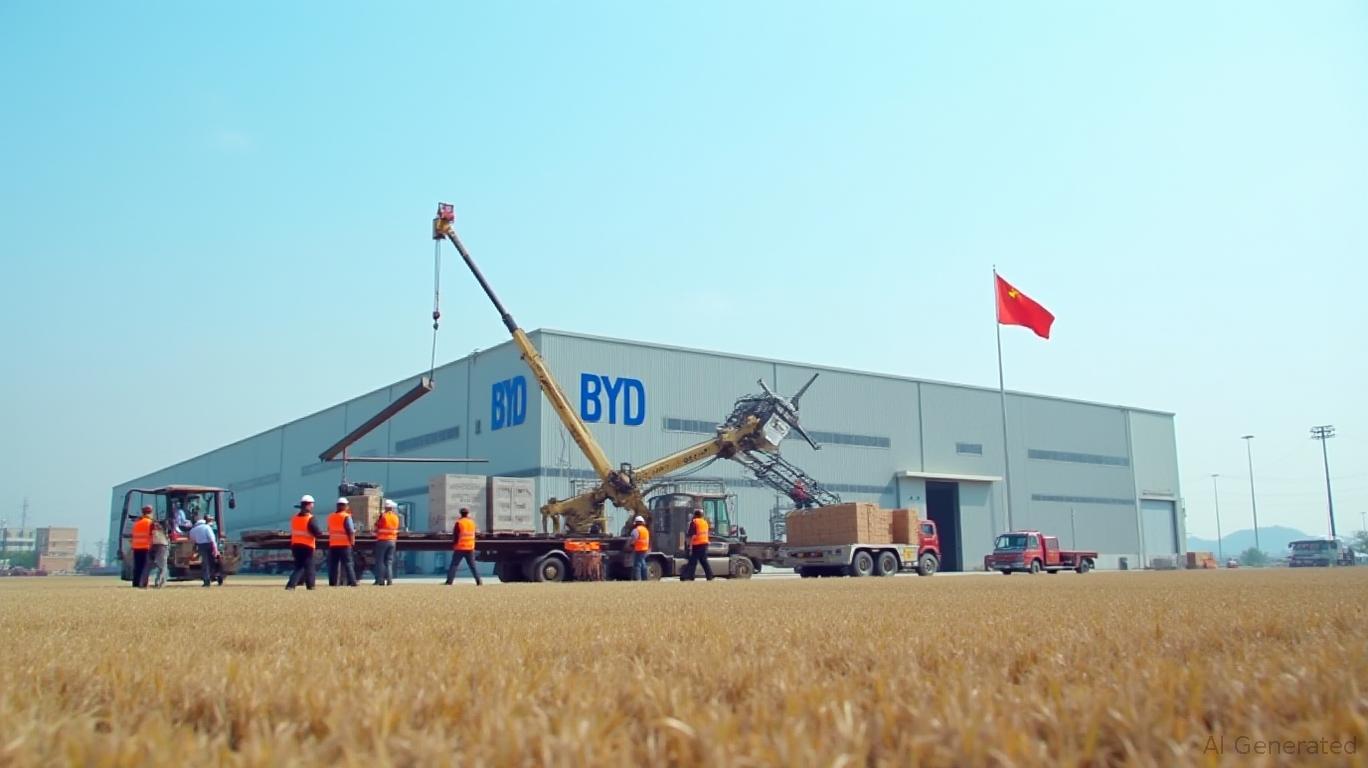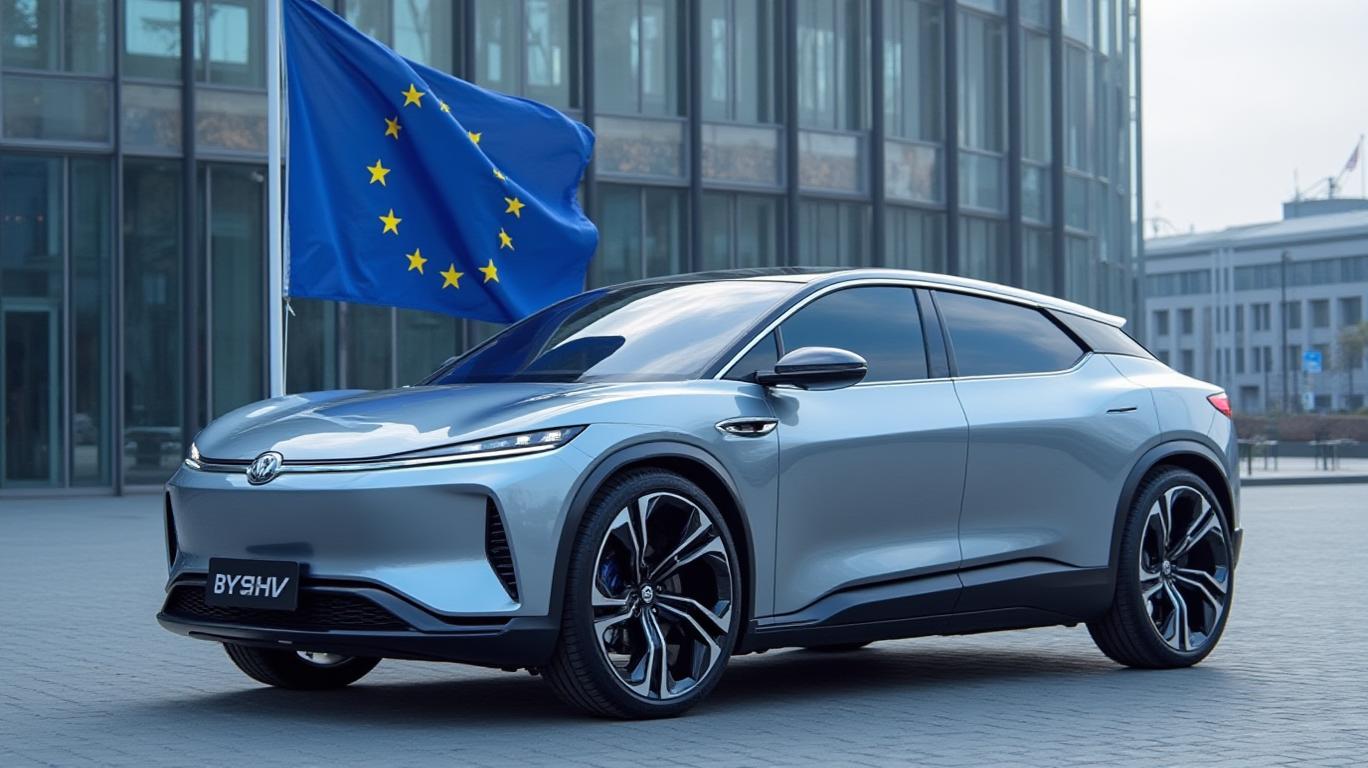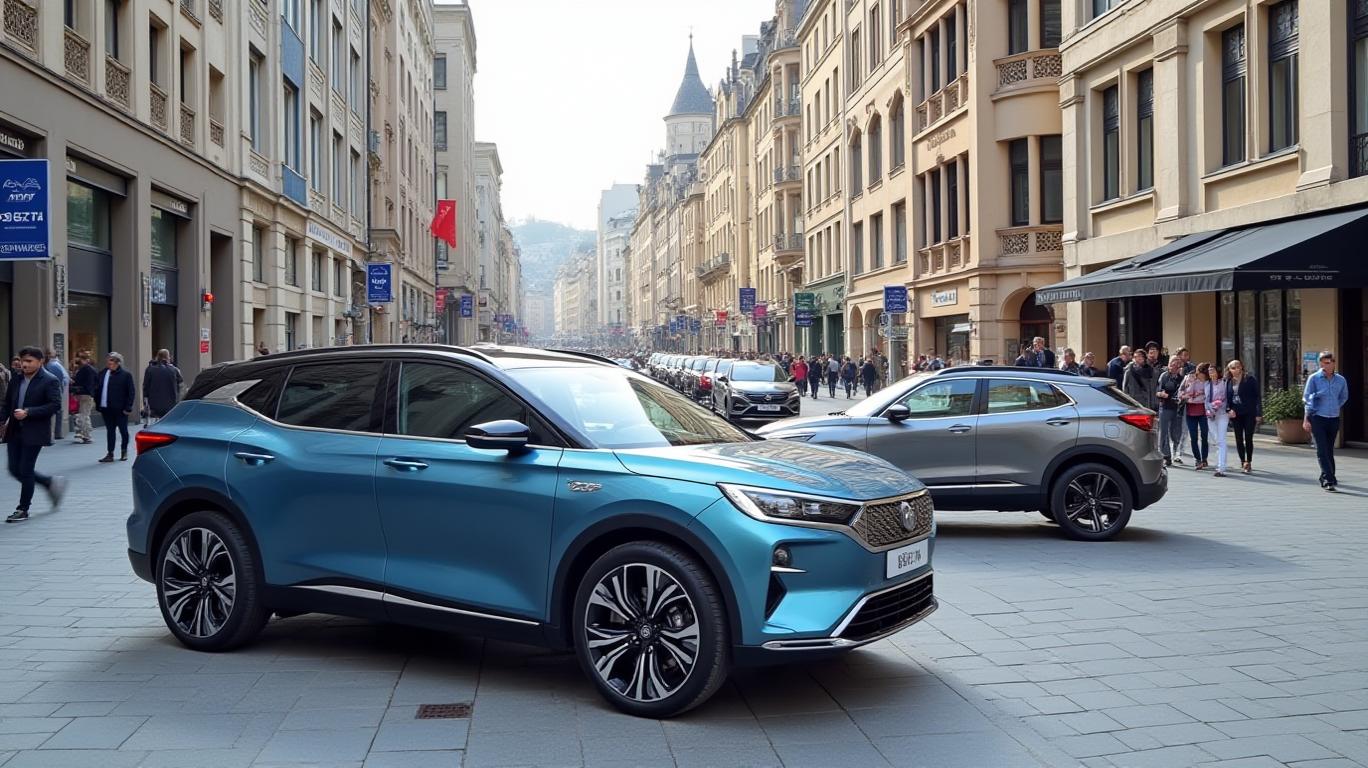Chinese Automakers Pivot to Hybrids and EVs in Europe, Not Combustion Engines
The narrative of Chinese automakers aggressively pushing combustion engine (ICE) vehicles into European markets is a myth. Instead, data reveals a strategic pivot toward hybrid and electric vehicles (EVs) as Chinese brands navigate regulatory headwinds, trade barriers, and shifting consumer preferences. While headlines might suggest otherwise, the reality is that ICE sales in Europe are in decline—and Chinese manufacturers are among the fastest to abandon them.
Ask Aime: "Are Chinese automakers really dominating the European ICE market?"

The Shift Away from ICE: Why Chinese Automakers Are Embracing Hybrids and EVs
Chinese automakers’ growth in Europe between 2024 and 2025 has been driven not by ICE vehicles but by hybrid (HEV) and plug-in hybrid (PHEV) models, as well as battery electric vehicles (BEVs). In January 2025, Chinese brands’ total registrations in Europe rose by 52% year-on-year to 37,134 units, with their market share jumping from 2.4% to 3.7%. This surge was fueled by HEVs and PHEVs, which accounted for 7,500 and 4,035 units, respectively—a 216% increase in PHEV sales compared to 2024.
BYD, the industry leader, ended ICE production entirely in 2022, focusing solely on new energy vehicles (NEVs). Its Seagull EV, priced under €20,000, is set to dominate European markets in 2025, underscoring the strategic abandonment of ICE. Even SAIC Motor’s popular MG ZS SUV, a top seller in Europe, now prioritizes hybrid variants over pure combustion engines.
Example query: Compare SAIC Motor (SHA:600104) and BYD (SZSE:002594) stock performance with Volkswagen (XETRA:VOW3) and Renault (EPA:RENA)
Regulatory Pressures and Market Realities
Europe’s 2035 ICE ban and stringent CO₂ targets (e.g., 94g/km by 2025) have forced automakers to pivot. Chinese brands like MG and Chery faced severe CO₂ compliance risks in 2024, with MG exceeding its target by 15g and Chery by 47g. To mitigate penalties, they’re now scaling back pure combustion models and expanding hybrid offerings. Meanwhile, EU tariffs on Chinese BEVs (up to 10%) have pushed manufacturers toward HEVs and PHEVs, which face fewer barriers.
The broader European market reflects this shift: ICE registrations fell 10% in January 2025, while BEVs grew by 38%. Even stalwarts like Renault and Volkswagen are prioritizing BEVs and hybrids to stay competitive. Tesla’s 45% sales slump in early 2025 highlighted the risks of overreliance on any single technology in a fast-evolving market.
Investment Implications: Focus on Electrification, Not ICE
For investors, the takeaway is clear: Chinese automakers are not betting on combustion engines in Europe. Their success hinges on affordability, hybrid flexibility, and BEV innovation. BYD’s stock (SZSE:002594) has surged +40% in 2024 on the back of its NEV dominance, while MG’s parent SAIC (SHA:600104) has seen its European market share double.
However, risks remain. EU localization rules (e.g., 45% local content by 2030) and CO₂ compliance costs could pressure margins. Investors should favor companies with strong hybrid/BEV pipelines and European partnerships, such as BYD’s joint ventures or Polestar’s premium EV strategy.
Conclusion: The ICE Decline Is Irreversible, and Chinese Automakers Are Leading the Charge
Chinese automakers’ European strategy is unequivocally focused on hybrids and EVs, not ICE vehicles. Their 2024–2025 sales growth, regulatory compliance moves, and product portfolios all point to one truth: combustion engines are a relic in Europe’s automotive future.
Key data reinforces this:
- BYD’s ICE exit: A bold move that freed resources for NEVs, enabling its 300,000+ monthly sales in China and rising European penetration.
- Market share gains: Chinese brands’ 3.7% EU market share in 2025 may seem small, but it’s up from 1.8% in 2023—a 100% jump driven by electrified vehicles.
- CO₂ compliance costs: Brands like MG and Chery now prioritize hybrids to avoid penalties, further accelerating the shift away from pure ICE.
Investors should allocate capital to Chinese automakers doubling down on electrification, not clinging to fading ICE demand. The combustion engine’s era in Europe is ending—and Chinese brands are among the first to turn the key.

_b905d9341749265671656.jpg)








